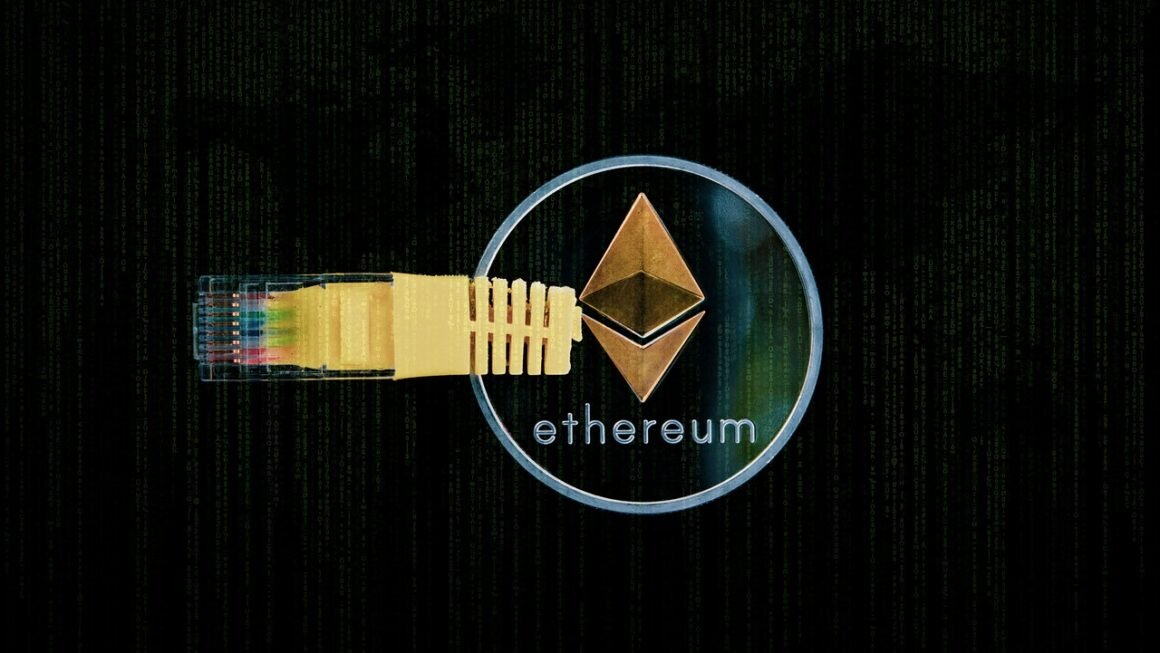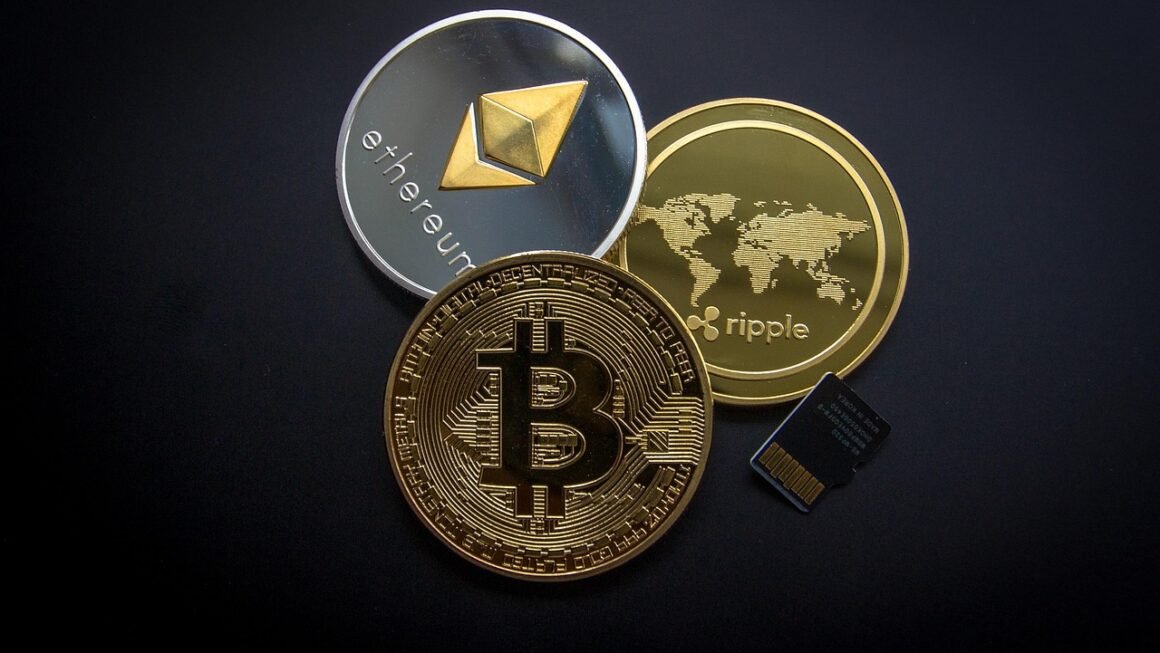Navigating the world of cryptocurrency can feel like stepping into the future, but just like any financial venture, it’s crucial to prioritize security. A single lapse in judgment can lead to significant losses. This blog post will provide a comprehensive guide to understanding and implementing robust crypto security measures, ensuring you protect your digital assets from the ever-evolving landscape of cyber threats.
Understanding Crypto Security Risks
Common Threat Vectors
Crypto security faces a variety of threats, ranging from simple scams to sophisticated hacking techniques. Understanding these threats is the first step in protecting your investments.
- Phishing Attacks: These attacks involve deceptive emails, messages, or websites designed to trick you into revealing your private keys or login credentials.
Example: Receiving an email claiming to be from your crypto exchange, asking you to verify your account by entering your password on a fake website.
- Malware: Malicious software can steal your private keys or monitor your crypto transactions.
Example: Downloading a seemingly harmless software that secretly installs a keylogger to record your keystrokes when you enter your crypto wallet password.
- Exchange Hacks: While exchanges implement security measures, they remain prime targets for hackers.
Example: A large-scale attack on a centralized exchange leading to the theft of millions of dollars in cryptocurrency.
- Social Engineering: Manipulating individuals into divulging sensitive information or performing actions that compromise security.
Example: A fraudster posing as a customer support representative to gain access to your account.
- 51% Attacks: In blockchain networks using Proof-of-Work (PoW), a single entity gaining control of more than 50% of the network’s hashing power can manipulate transactions.
- Hardware Wallet Compromises: While hardware wallets offer enhanced security, they can still be vulnerable if not used carefully or if physically compromised.
Statistics on Crypto Crime
The growing popularity of cryptocurrency has unfortunately been accompanied by a rise in crypto-related crime.
- According to Chainalysis, crypto-related crime reached an all-time high of $20.6 billion in 2022.
- Ransomware attacks involving cryptocurrency payments have become increasingly prevalent, targeting individuals, businesses, and even critical infrastructure.
- The majority of crypto hacks target centralized exchanges and bridges due to the large sums of cryptocurrency stored there.
Securing Your Crypto Wallet
Choosing the Right Wallet Type
The type of crypto wallet you choose plays a significant role in its security. Wallets can be broadly categorized as hot wallets and cold wallets.
- Hot Wallets: These wallets are connected to the internet, making them convenient for frequent transactions but also more vulnerable to attacks. Examples include:
Exchange Wallets: Provided by cryptocurrency exchanges.
Software Wallets: Desktop or mobile applications that store your private keys.
- Cold Wallets: These wallets are offline, providing a much higher level of security. Examples include:
Hardware Wallets: Physical devices that store your private keys offline.
Paper Wallets: Printing your private keys on a piece of paper and storing it securely.
Recommendation: For long-term storage of significant amounts of cryptocurrency, use a cold wallet. Use a hot wallet only for smaller amounts needed for daily transactions.
Implementing Strong Password Practices
A strong, unique password is the first line of defense against unauthorized access to your crypto wallet.
- Use a strong password: Minimum 12 characters, a mix of uppercase and lowercase letters, numbers, and symbols.
- Use a password manager: Generate and store complex passwords securely. Popular options include LastPass, 1Password, and Dashlane.
- Enable Two-Factor Authentication (2FA): Add an extra layer of security by requiring a second verification code from your phone or authenticator app.
- Never reuse passwords: Use a different password for each of your online accounts, including your crypto exchange and email accounts.
Backing Up Your Wallet
Losing access to your wallet due to a lost or damaged device can be devastating. Regularly backing up your wallet is essential.
- Backup your seed phrase: A seed phrase is a set of 12-24 words that can be used to recover your wallet. Store it in a secure location, preferably offline.
* Example: Write down your seed phrase on a piece of paper and store it in a safe deposit box or hidden location.
- Encrypt your backups: If storing your seed phrase digitally, encrypt it using a strong encryption tool.
- Test your backups: Periodically restore your wallet from your backup to ensure it is working correctly.
Safe Crypto Trading Practices
Choosing Reputable Exchanges
Not all crypto exchanges are created equal. Some exchanges have a better track record of security than others.
- Research the exchange’s security history: Look for any past security breaches or incidents.
- Check for security features: Does the exchange offer 2FA, multi-signature wallets, and cold storage of funds?
- Read reviews and ratings: See what other users are saying about the exchange’s security and customer support.
- Consider decentralized exchanges (DEXs): DEXs offer greater control over your funds and reduce the risk of exchange hacks.
Recognizing and Avoiding Scams
The crypto space is rife with scams. Being able to identify and avoid them is crucial for protecting your investments.
- Be wary of “get-rich-quick” schemes: If it sounds too good to be true, it probably is.
- Do your own research (DYOR): Don’t rely solely on information from online influencers or promotional materials.
- Verify the legitimacy of websites and projects: Double-check the URL and look for signs of phishing scams.
- Never share your private keys or seed phrase with anyone.
- Be cautious of unsolicited offers: Don’t click on links or download attachments from unknown sources.
- Look for red flags: Spelling errors, poor grammar, and unprofessional website design can be indicators of a scam.
Using Secure Communication Channels
Communication channels like email and messaging apps can be vulnerable to interception and hacking.
- Use encrypted messaging apps: Signal and Telegram offer end-to-end encryption.
- Enable 2FA on your email accounts: Secure your email account with a strong password and 2FA.
- Be careful about clicking on links in emails or messages: Verify the sender’s identity and the legitimacy of the link before clicking.
Advanced Security Measures
Multi-Signature Wallets
Multi-signature wallets require multiple private keys to authorize a transaction, providing an extra layer of security.
- How it works: A multi-signature wallet requires a predetermined number of signatures (e.g., 2 out of 3) to approve a transaction.
- Benefits: Protects against loss or compromise of a single private key.
- Use cases: Ideal for businesses or groups managing shared crypto assets.
Hardware Security Modules (HSMs)
HSMs are specialized hardware devices designed to securely store and manage cryptographic keys.
- How it works: HSMs generate and store private keys within a tamper-resistant environment.
- Benefits: Provide a high level of security for sensitive keys.
- Use cases: Commonly used by exchanges, custodians, and other institutions managing large amounts of cryptocurrency.
Regular Security Audits
Conducting regular security audits can help identify and address potential vulnerabilities in your crypto infrastructure.
- Hire a reputable security firm: Engage professionals to assess your systems and processes for security weaknesses.
- Penetration testing: Simulate real-world attacks to identify vulnerabilities.
- Code reviews: Scrutinize your codebase for security flaws.
Conclusion
Securing your cryptocurrency is an ongoing process that requires vigilance and a proactive approach. By understanding the risks, implementing strong security measures, and staying informed about the latest threats, you can significantly reduce your vulnerability and protect your digital assets. Remember to prioritize strong passwords, offline storage for significant holdings, and continuous learning about the ever-evolving landscape of crypto security. Taking these steps will not only safeguard your investments but also contribute to a more secure and trustworthy crypto ecosystem for everyone.



